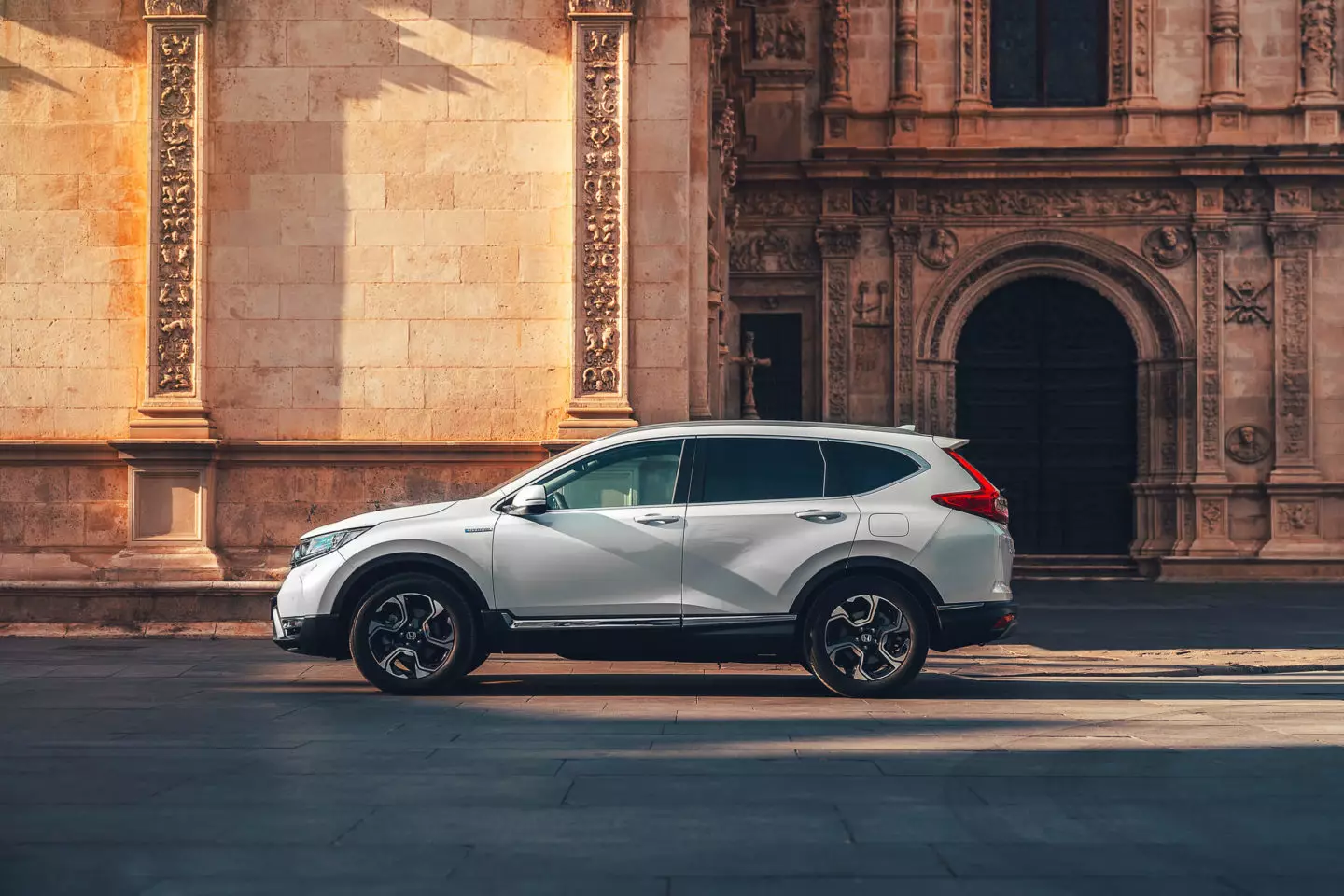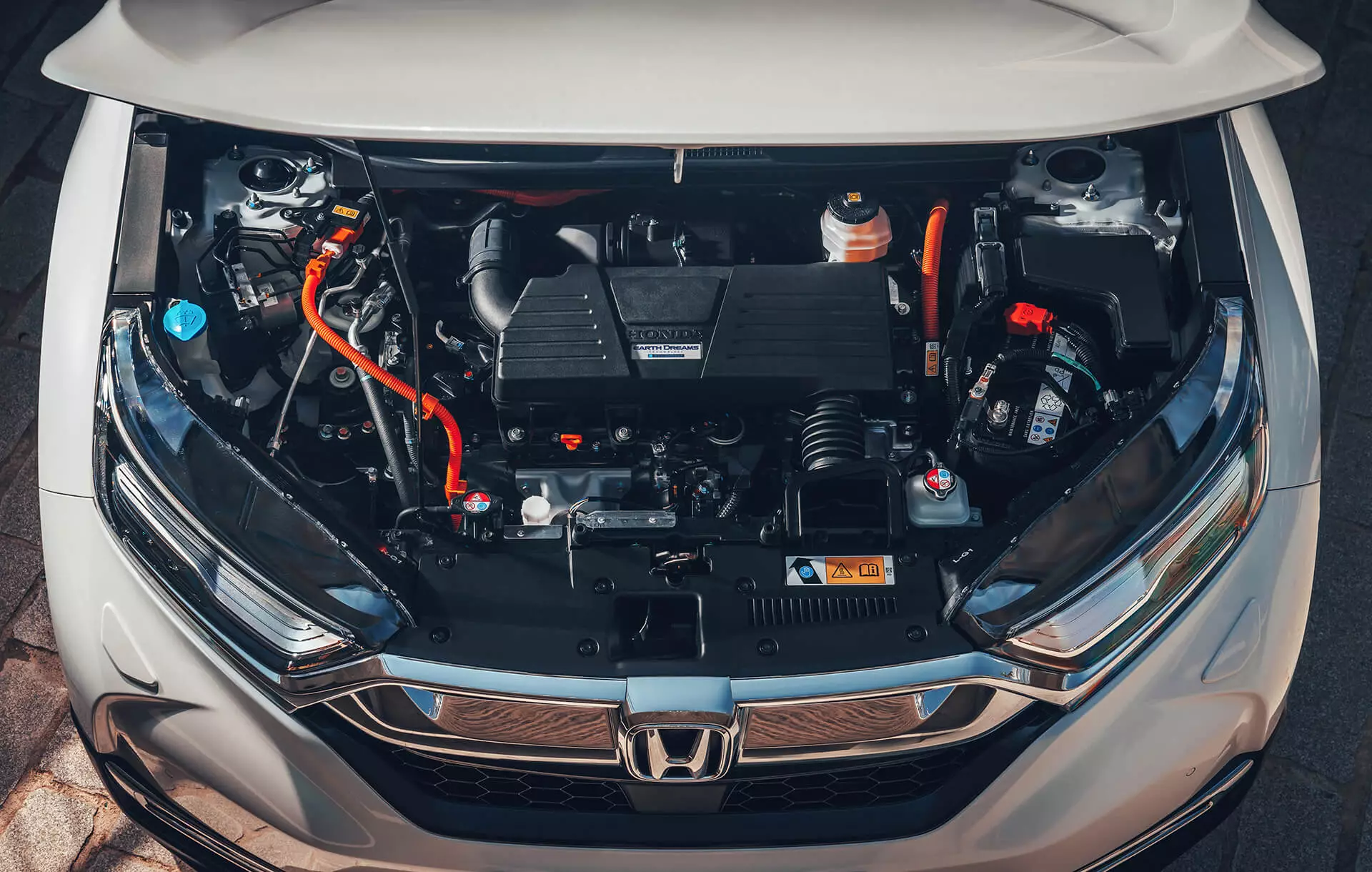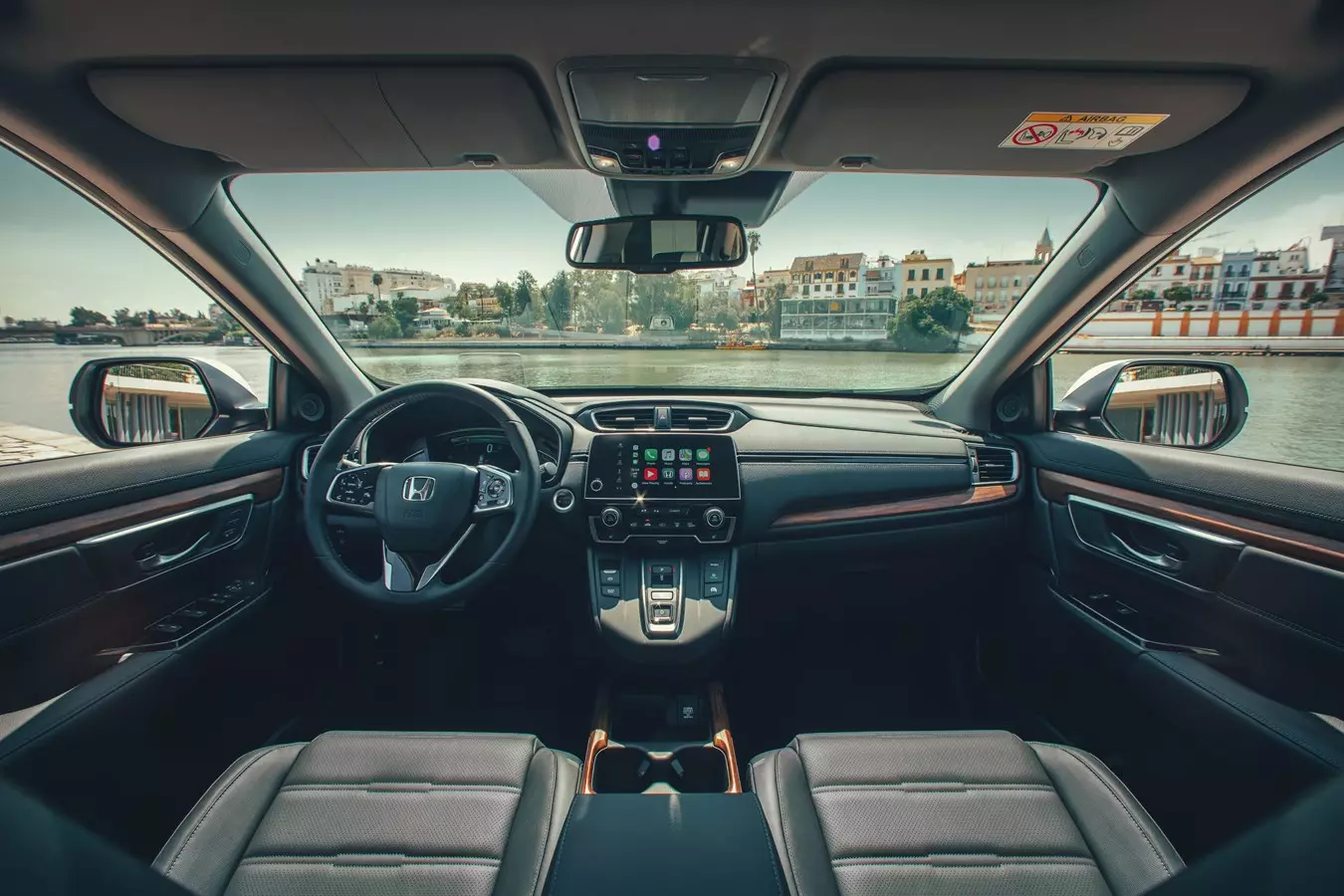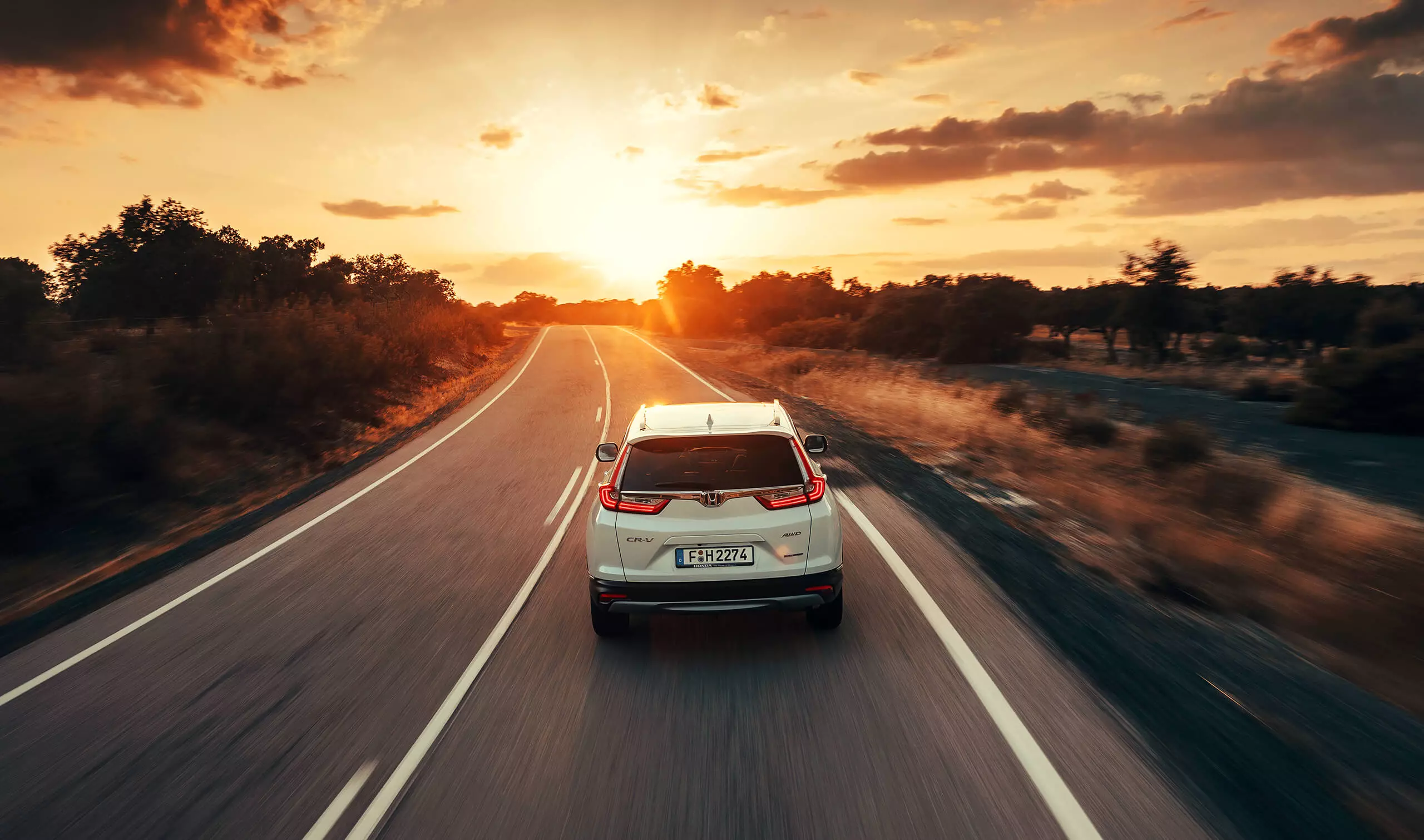Honda's return to hybrids in Europe happens with the new CR-V Hybrid , being also the first hybrid SUV of the Japanese brand to be sold in the Old Continent.
We mention return, as it is not new that hybrids are part of the Honda universe. Many of you may remember the Insight, a compact family-friendly that married a small gasoline engine with an electric motor to achieve higher levels of efficiency and lower consumption.
The first generation of Insight was unveiled in 1999 and would be Honda's first futuristic proposal to marry hydrocarbons with electrons. The first Insight was a compact hatchback, with three doors and only two seats, with fluid lines with low aerodynamic resistance and a very contained weight, ranging between 838 kg and 891 kg. The second generation would evolve into a full-fledged family member.

Honda returns to hybrids with CR-V
The experimental character of the first Insight opened the way for many more Honda hybrid models in the ensuing decades, from the more familiar ones, like the mentioned second generation Insight or the Civic IMA, to more sportier ones like the CR-Z, culminating with the NSX supercar.
The new Honda CR-V Hybrid is the latest chapter in this 20-year-old story.
Honda CR-V Hybrid, Honda's first hybrid SUV in Europe
The Honda CR-V hardly needs any introduction. It is the brand's best-selling SUV and one of the best sellers on the planet. The fifth generation that has now come to us, has grown inside and out and has become sophisticated to many levels — it is the first to demonstrate the potential of Honda's new hybrid system, the i-MMD, or Intelligent Multi-Mode Drive.

As a hybrid, there are two engines to power the Honda CR-V: an internal combustion engine with 2.0 liters that runs on the most efficient Atkinson cycle and two electric motors — one serving as a generator and the other as a propeller.
The i-MMD system differs from other hybrid systems, but the advantages are undeniable. It's not a plug-in hybrid, so there's no need to plug it in; it allows exclusively electric mobility and guarantees low consumption and emissions.
How does the i-MMD system work?
This system is distinguished in its operation, because it has more to do with a 100% electric vehicle than with other hybrids. This is because, in most driving situations, the Honda CR-V Hybrid is powered solely by the electric motor, with the combustion engine serving as a generator for the electric motor.

Such is the similarity between the Honda CR-V Hybrid and the pure electric ones, that it even did without the gearbox, with the transmission to the wheels being carried out by a fixed ratio, resulting in a smoother transfer of torque.
The similarity with the electric ones continues in the ease of use, as the “intelligent” in i-MMD, means an automatic management in the way the two different types of motors interact with each other, resulting in three distinct driving modes (Multi-Mode Drive):
- EV — electric mode, in which the electric motor draws energy only from the batteries, working, above all, at low speeds. It's a short duration mode, just 2 km in total. However, it is activated frequently, interspersed with Hybrid mode. We can force this mode through a button on the center console.
- Hybrid — the combustion engine kicks in, but it isn't attached to the wheels. Its role is to supply energy to the electric motor-generator, which in turn supplies energy to the electric propulsion motor. If there is a surplus of power, this energy is forwarded to the batteries.
- Combustion Engine — the only mode where the heat engine is connected to the wheels via a lock-up clutch.
In most driving situations, the Honda CR-V Hybrid switches between EV mode and Hybrid mode, something that can be observed on the digital instrument panel (7″) through the Driver Information Interface or DII, which allows you to observe the energy flow between the combustion engine, electric motors, batteries and wheels.

Combustion Engine mode is engaged when driving at high cruising speeds, the most efficient option according to Honda, and even under these conditions you can switch to EV mode. Why? The electric motor delivers more power and torque than the 2.0 Atkinson — 181 hp and 315 Nm against 145 hp and 175 Nm, respectively. That is, the two engines never work together.
Understanding the functioning of the i-MMD system of the Honda CR-V Hybrid and its functioning that is most similar to that of 100% electric cars, we could almost say that it is an electric… gasoline.
Charging the batteries is something we don't have to worry about. As we have already seen, these can receive energy from the combustion engine, but the Honda CR-V Hybrid is also equipped with a regenerative braking system, that is, when we decelerate or brake, it converts kinetic energy into electrical energy, which is directed to the batteries.

We can also adjust the deceleration force through the Deceleration Selector Tabs positioned behind the steering wheel.
low consumption
The practical results of the i-MMD system are revealed in the low consumption, with good performances, with Honda announcing 5.3 l/100 km (NEDC2) for the CR-V Hybrid, and 5.5 l/100 km for the CR-V Hybrid AWD, with four-wheel drive.
Prices for the Honda CR-V Hybrid start at €38,500 for the two-wheel-drive version and €51,100 for the AWD, four-wheel-drive version, which is exclusively associated with the highest level of equipment, Executive. When equipped with Via Verde the two-wheel drive CR-V Hybrid is class 1 at tolls.


